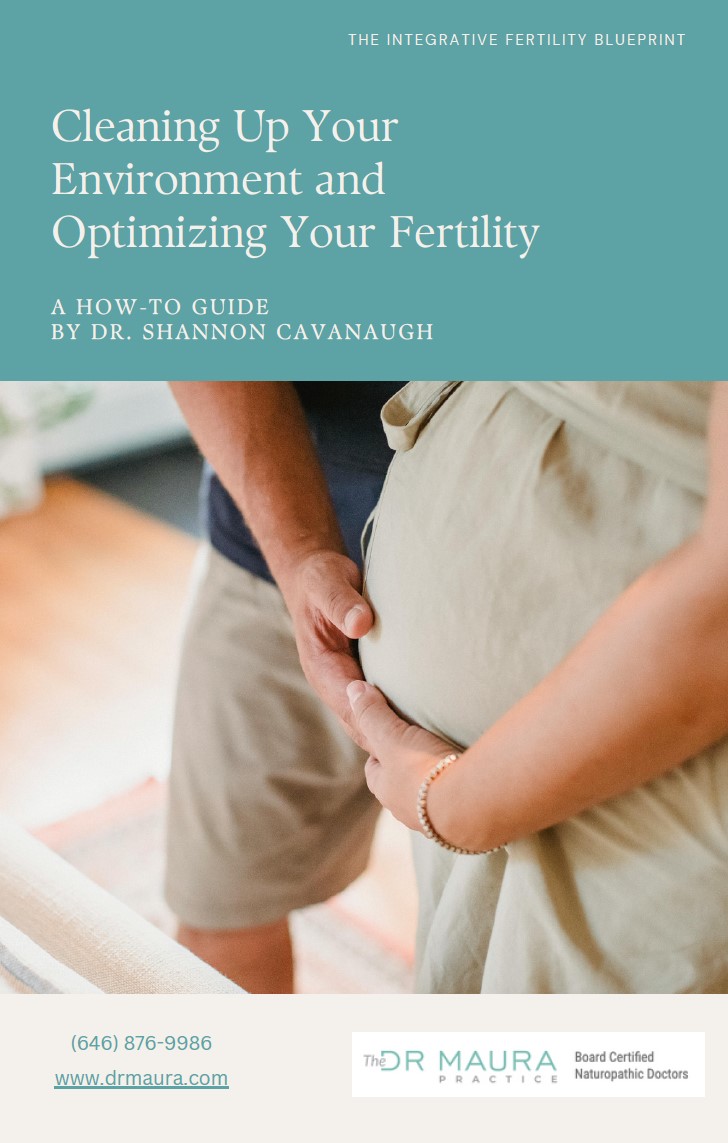(646) 760-6627

by Dr. Shannon Iselin (Cavanaugh)
Infertility is a significant challenge for millions of couples globally, and male factor infertility plays a substantial role, contributing to over 40% of infertility cases. When couples embark on their fertility journey, a crucial initial step involves a semen analysis. However, interpreting the results can be a nuanced process, shaped by individual perspectives and goals.
The Truth About Normal
When couples embark on their fertility journey, one of the very first steps involves a semen analysis. However, interpreting the results can be complex, especially when considering what is deemed “normal.” Laboratories classify a man’s results as “normal” if they score greater than or equal to the lowest 5th percentile of other men. In other words, even if a man’s sperm falls below the average (50th percentile), it might still be considered “normal” by lab standards. This discrepancy arises because assisted reproductive technologies (ART) like IUI and IVF don’t require an abundance of healthy sperm, thanks to interventions during conception. Additionally, many fertility clinics lack the resources to guide men on improving semen health beyond addressing obvious factors like smoking and obesity. Seeking guidance from a provider specializing in optimal health, such as a naturopathic doctor, can offer a more comprehensive approach to enhancing overall health and holistic fertility.
Decoding Semen Analysis Parameters
There are several markers measured on a semen analysis. These markers include:
- Semen Volume (ml): The quantity of semen from a single ejaculation.
- Concentration: How densely sperm are packed in a unit volume of semen.
- Vitality: The percentage of sperm that are alive in the sample.
- Motility: The movement or swimming ability of sperm.
- Morphology: The size and shape of sperm.
While no single parameter can definitively predict infertility, each is intricately connected to the chances of conceiving. Concentration, motility, and morphology emerge as the most critical factors in achieving a successful pregnancy. Research indicates that when any one of these markers fall below the fertile range, the risk of infertility doubles. If two parameters are in the infertile range, the risk increases sixfold, and when all three are affected, the risk becomes sixteen times higher.
Understanding these parameters empowers individuals and couples to navigate their fertility journey with a comprehensive perspective. It emphasizes the interconnectedness of various factors and underscores the importance of personalized considerations in fertility care.
How Naturopathic Medicine Can Help
Naturopathic approaches are designed to improve overall health and address underlying imbalances that may affect sp

erm health. As a naturopathic doctor, I utilize functional testing to assess inflammation, gut health, toxic burden, hormone levels, nutr
itional status, and oxidative stress. The results of these tests enable me to create an individualized and comprehensive treatment plan that addresses all aspects of a person’s health and wellness.
Things You Can Start Today to Improve Sperm Health
- Lose Weight:
- Obesity and especially excess abdominal fat, contribute to decreased testosterone and increased estrogen in men, directly impacting their sperm health.
- Eliminate Marijuana Use:
-
- Marijuana is associated with decreased sperm count, concentration, and motility. It has been shown to substantially reduce the success rates of couples utilizing IUI and IVF.
- Quit Smoking:
-
- Smoking tobacco has consistently been linked to adverse effects on sperm health and male reproductive function. Smoking not only affects motility, count, and concentration but also causes DNA damage in sperm. This damage can compromise the genetic integrity of sperm, potentially leading to fertility issues and an increased risk of genetic abnormalities in offspring.
- Clean Up Your Environment:
-
- Endocrine-disrupting chemicals (EDCs) are substances that can interfere with the endocrine system, regulating hormonal functions in the body. Exposure to EDCs impacts the reproductive health of men. Common EDCs include bisphenol A (BPA), phthalates, polychlorinated biphenyls (PCBs), dioxins, and some pesticides. Take inventory of your home, food, and self-care products to ensure you are eliminating and reducing your exposure to these.
Making these lifestyle changes can positively impact sperm health and contribute to overall reproductive wellness. Consulting with a naturopathic doctor can provide personalized guidance and support based on individual health needs.

